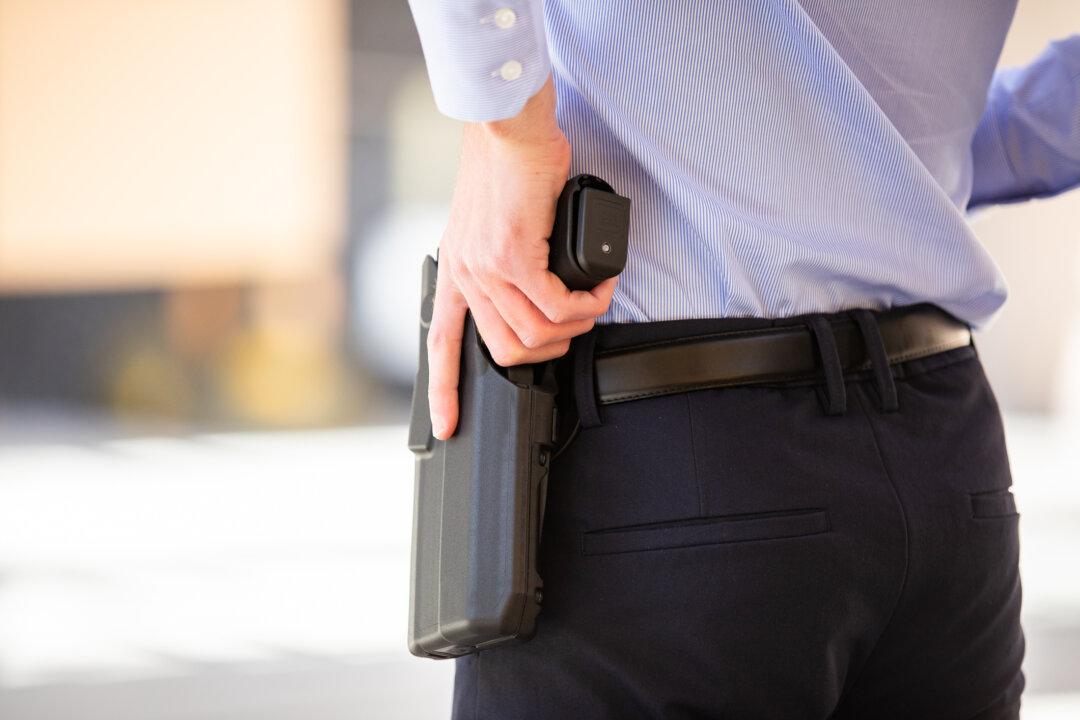California can continue to share private information about gun owners with researchers after a state appeals court reversed a lower court’s ruling in a Nov. 17 opinion.
A law expanding access to such personal information went into effect on Sept. 23, 2021, allowing the state to share the data with the California Firearm Violence Research Center at the University of California–Davis.





